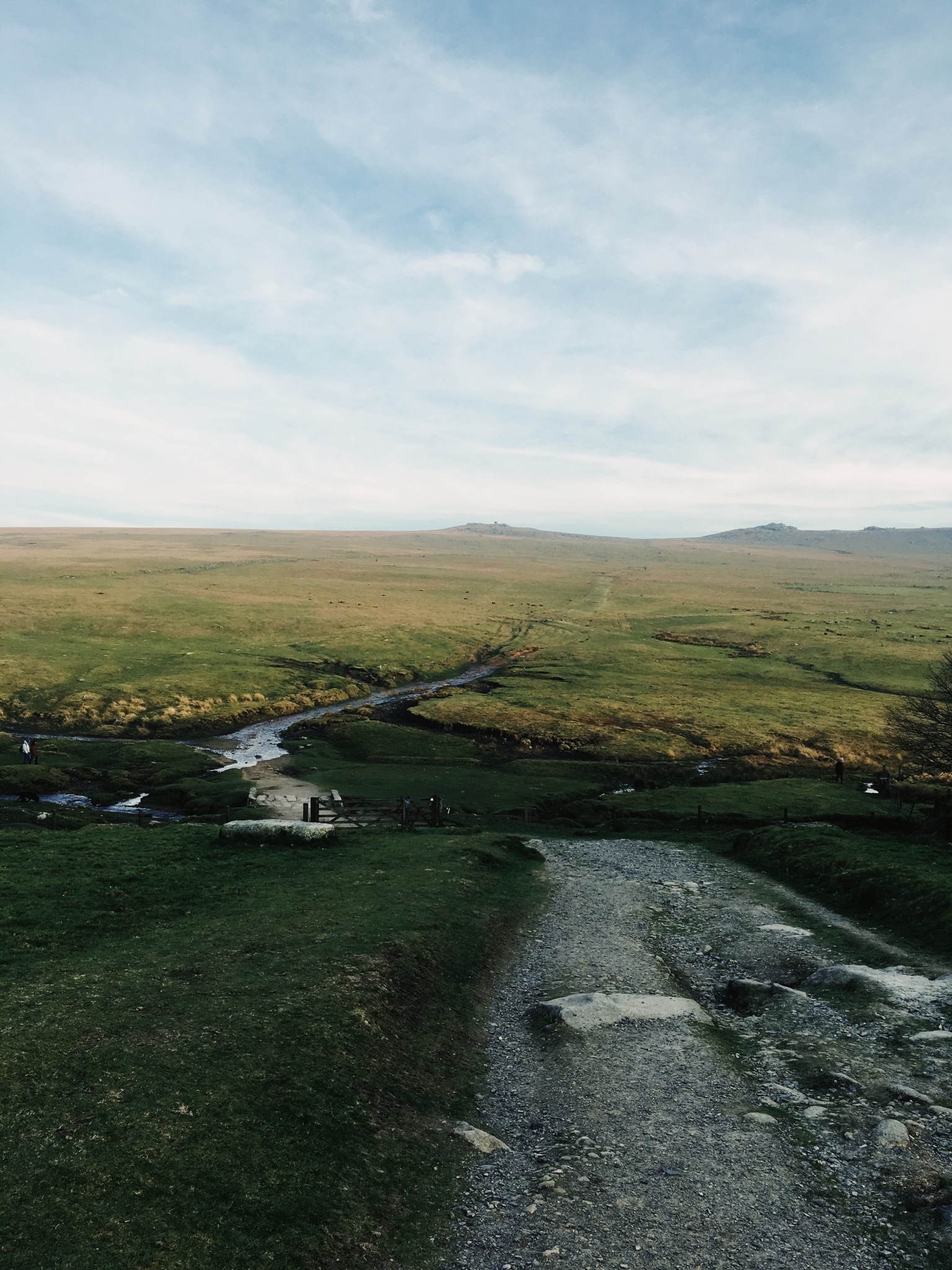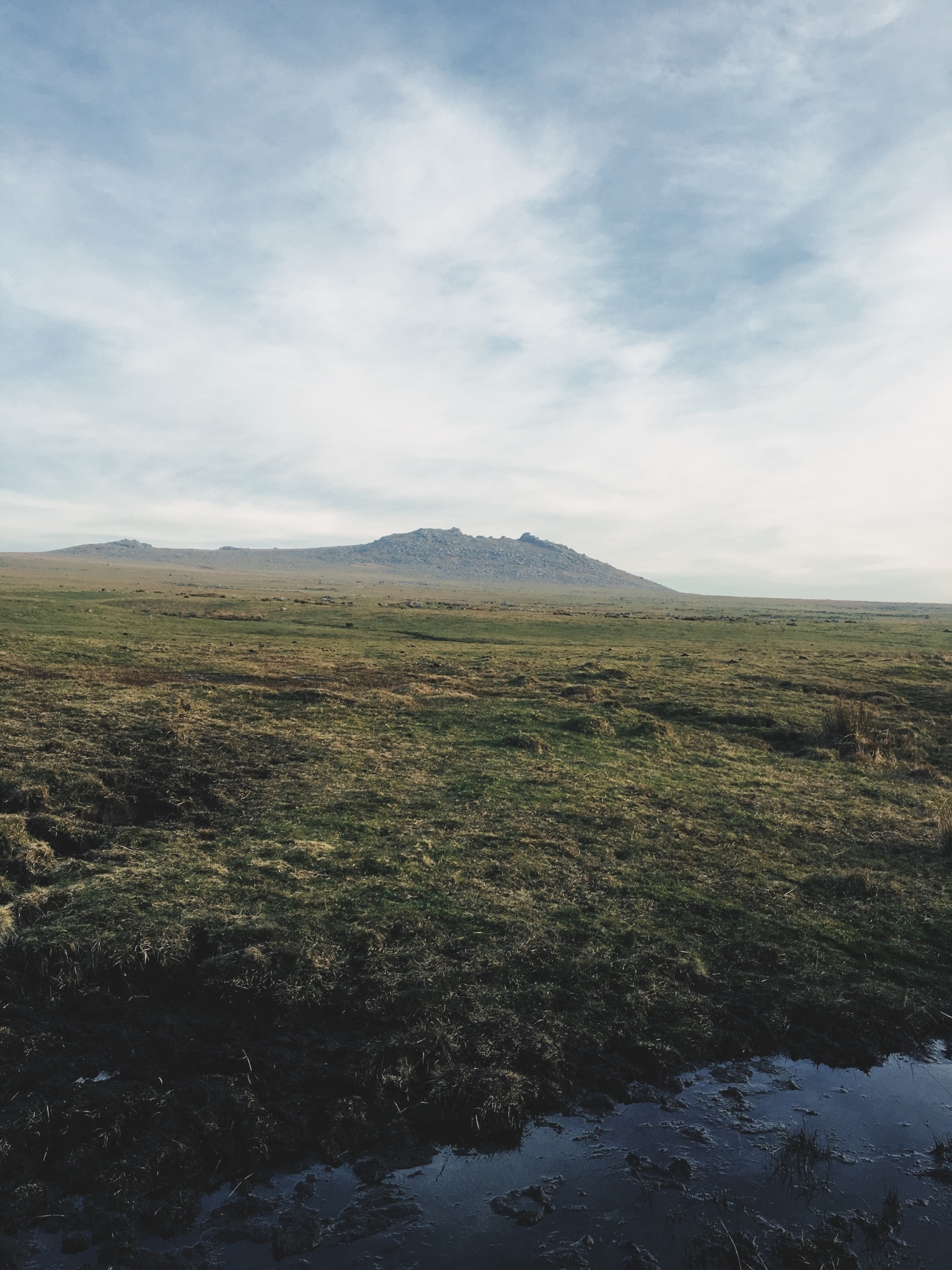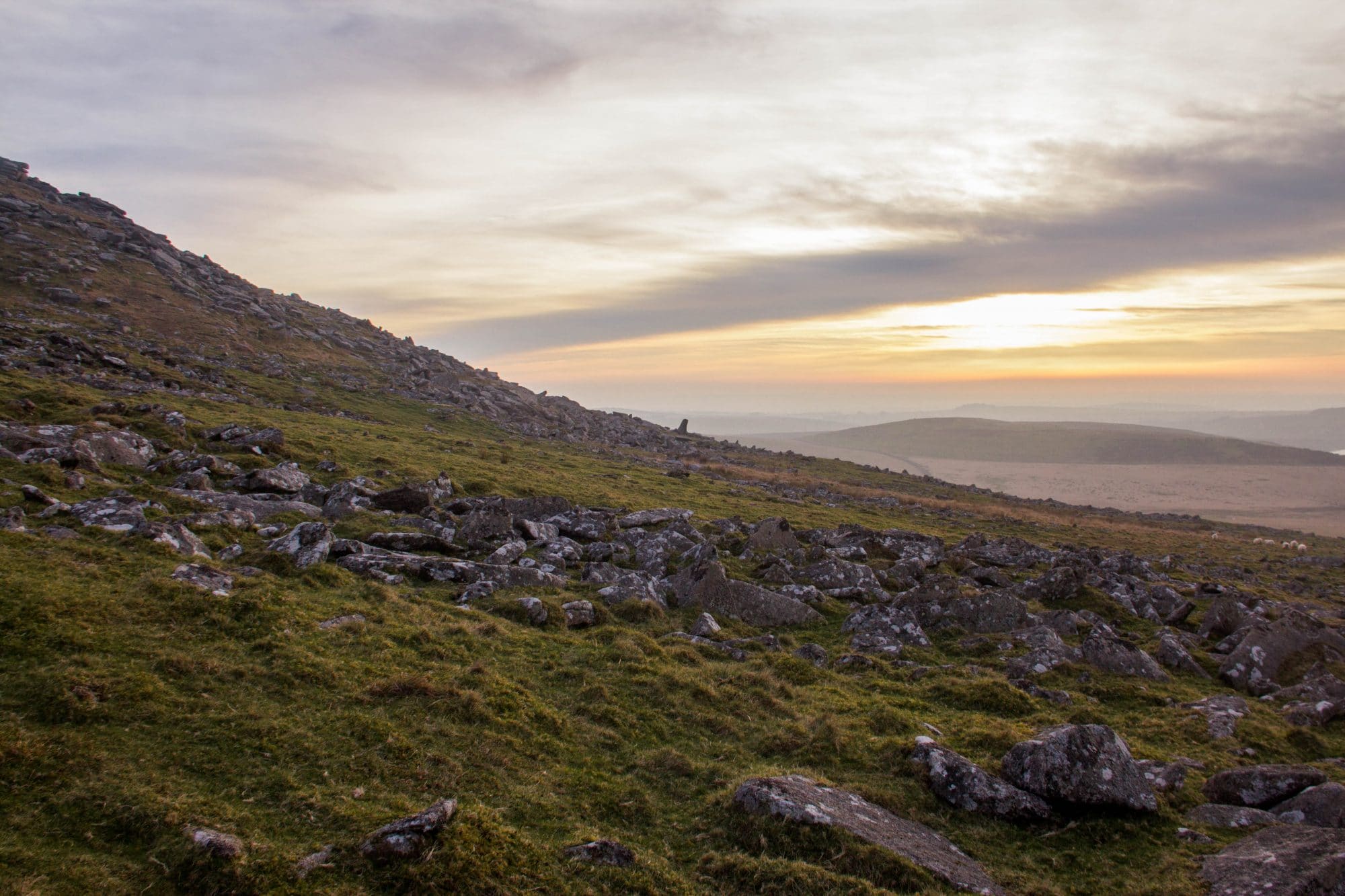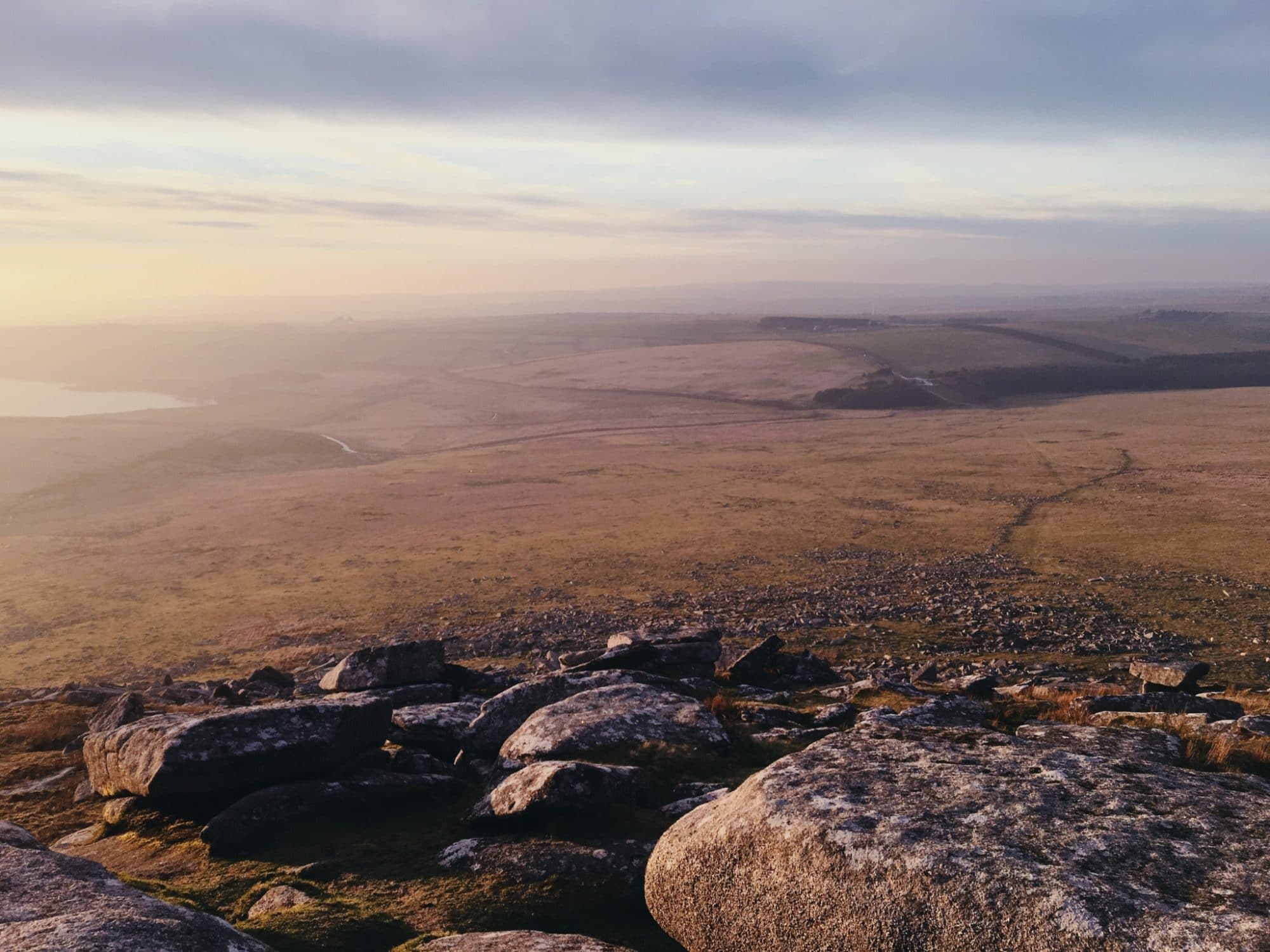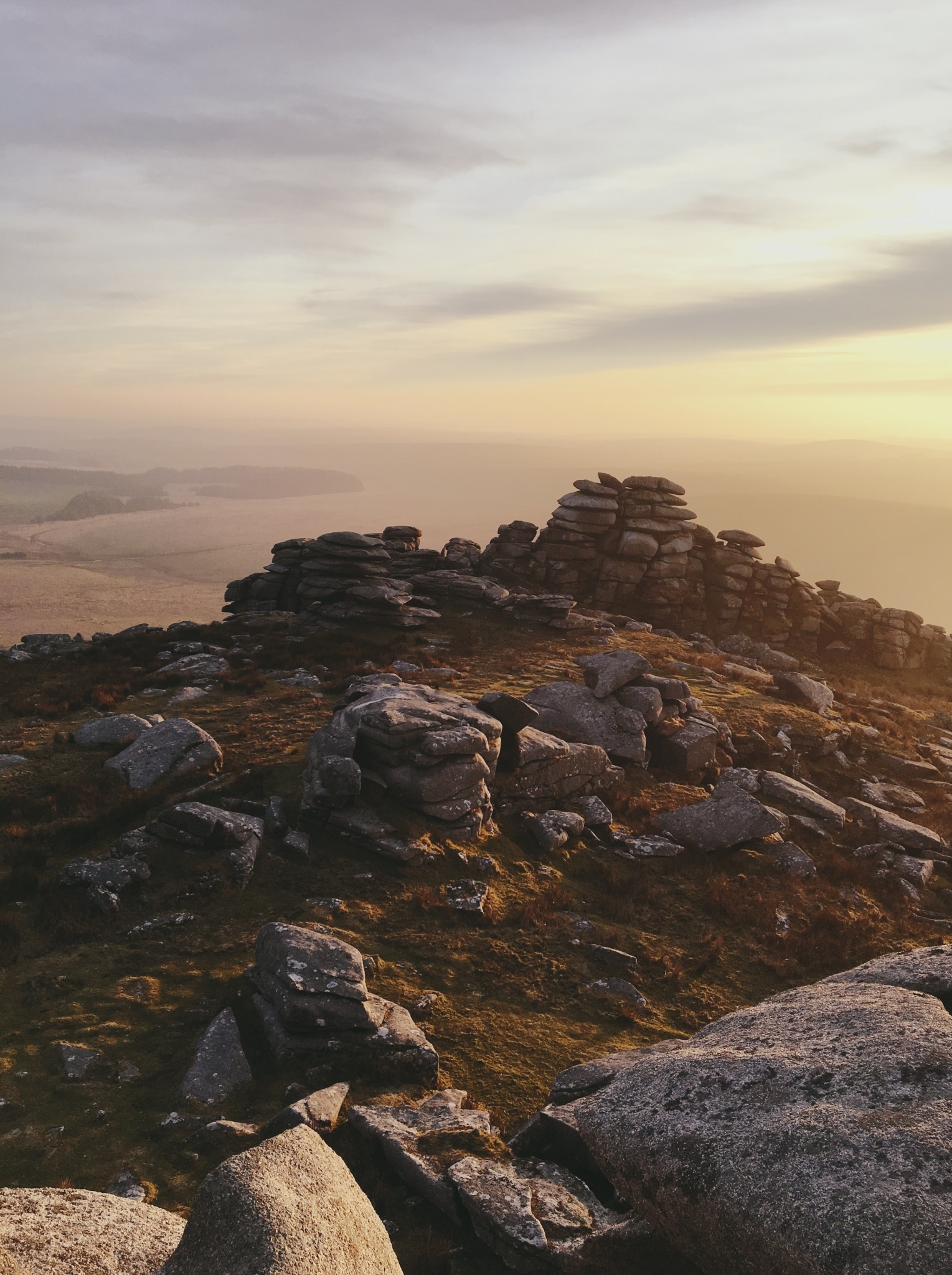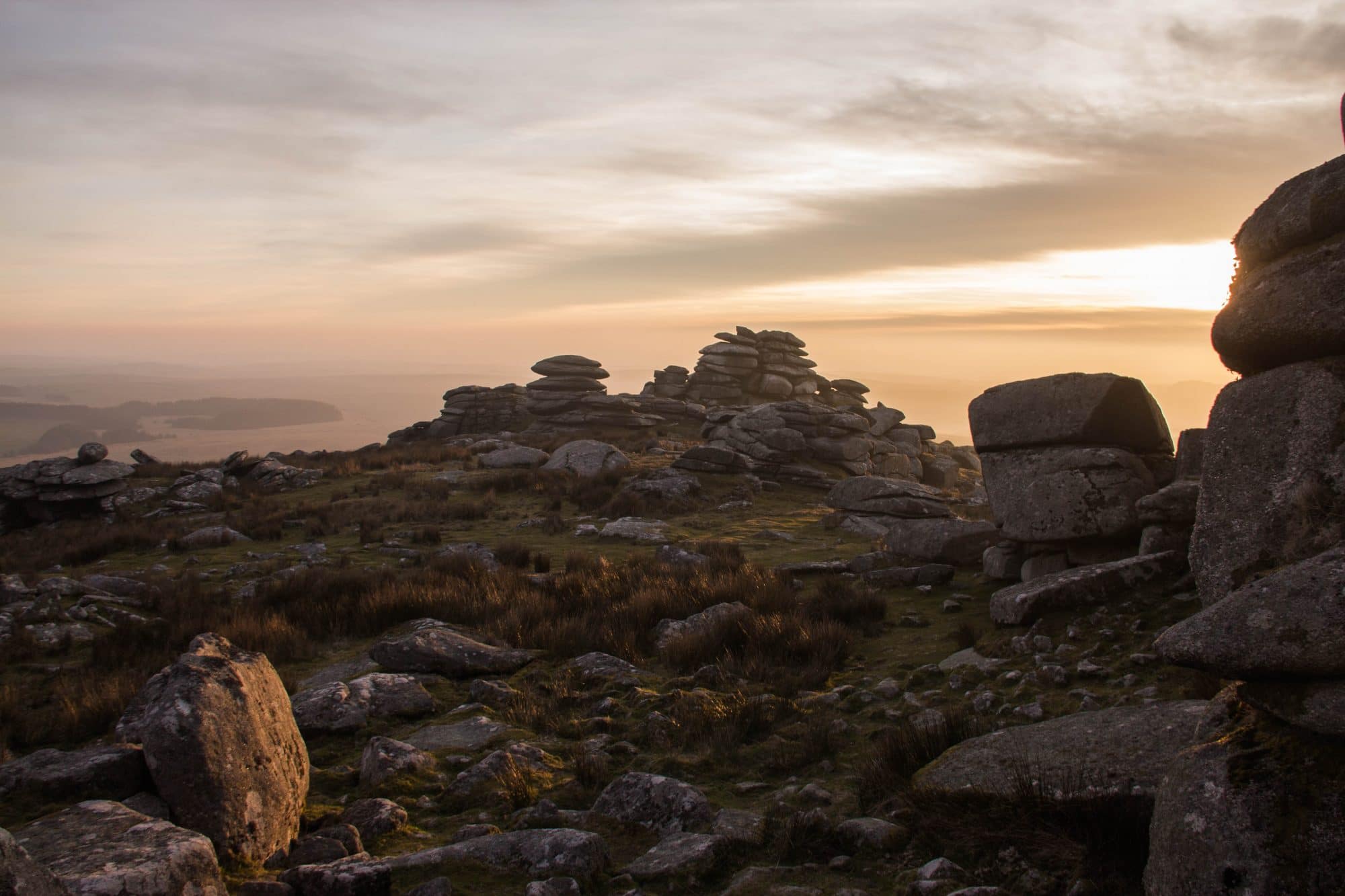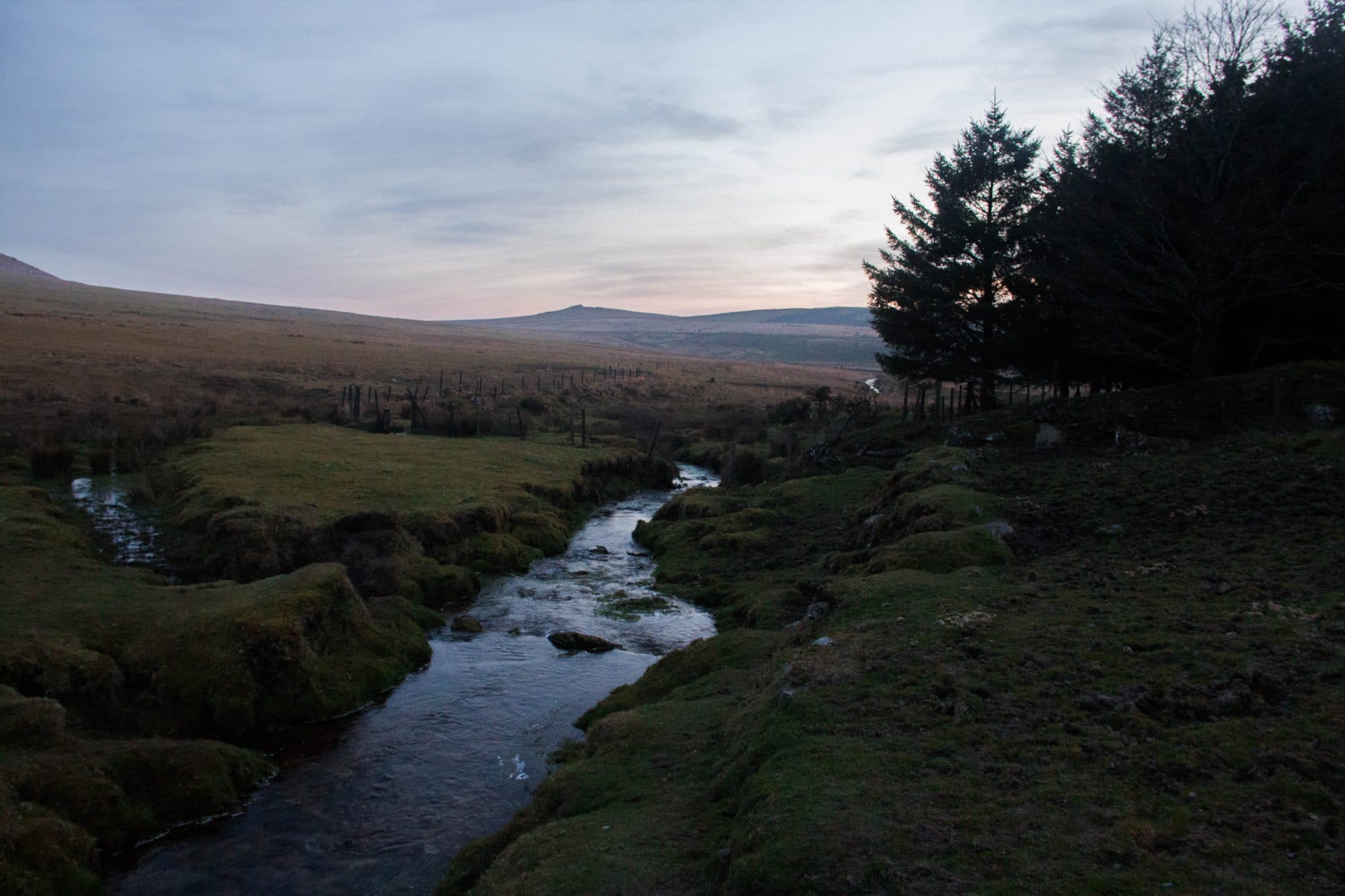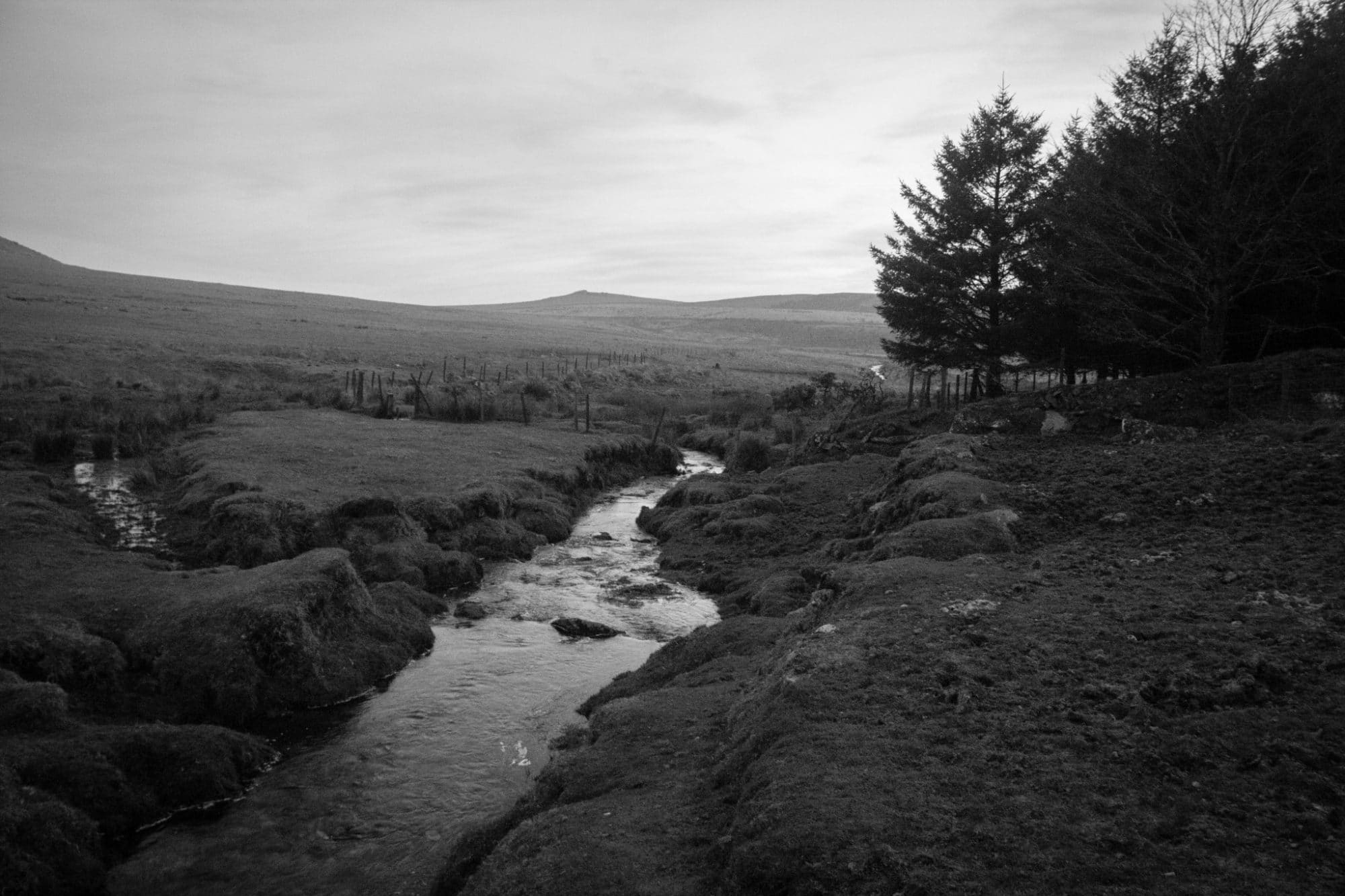Postcards from Bodmin Moor
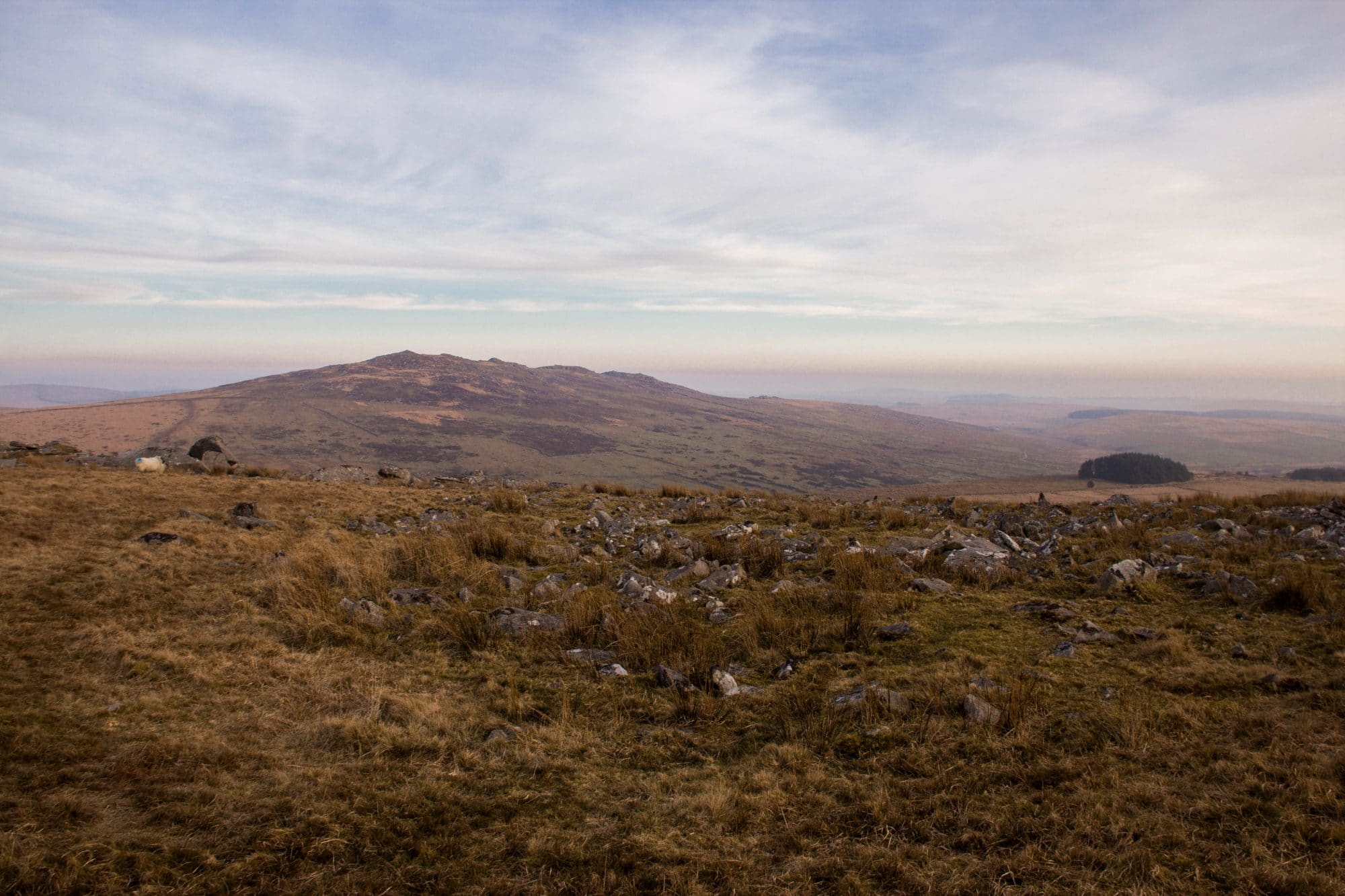 TL;DR: Took some photos, edited them. Scroll to the bottom for the results.
TL;DR: Took some photos, edited them. Scroll to the bottom for the results. I’ve worked at Venn for about a year now, and I’ve heard the term ‘feeding’ whispered around the office many a time. I wondered if I’d ever have an encounter with this elusive ‘feed’, or whether the phenomenon was long-lost in the annals of Venn history. As it turns out, ‘feeds’ are (allegedly) making a comeback, and the time had finally come for me to take part.
It didn’t take too long for me to decide on the subject of my feed: photography. More specifically, photo editing. I’ve always had an interest in photography, but never delved much deeper than pointing-and-shooting and then – if I was feeling really adventurous – doing a little Lightroom tweaking or slapping a preset filter on it. I wanted to take this opportunity to familiarise myself with editing raw images, and to create photographs that were more than just “presentable” and were things that I’d be happy to hang on my wall (or at the very least to set as my desktop background or something).
I picked Rough Tor on Bodmin Moor to photograph – a place that have been on my to-visit list ever since I moved to Cornwall four years ago. I have always had a fascination with tors, and cultivated a romantic mental image of barren swathes of moorland, characterised by neolithic stone circles and punctuated by wind-polished cairns and logan stones. Real Hound of the Baskervilles type stuff.
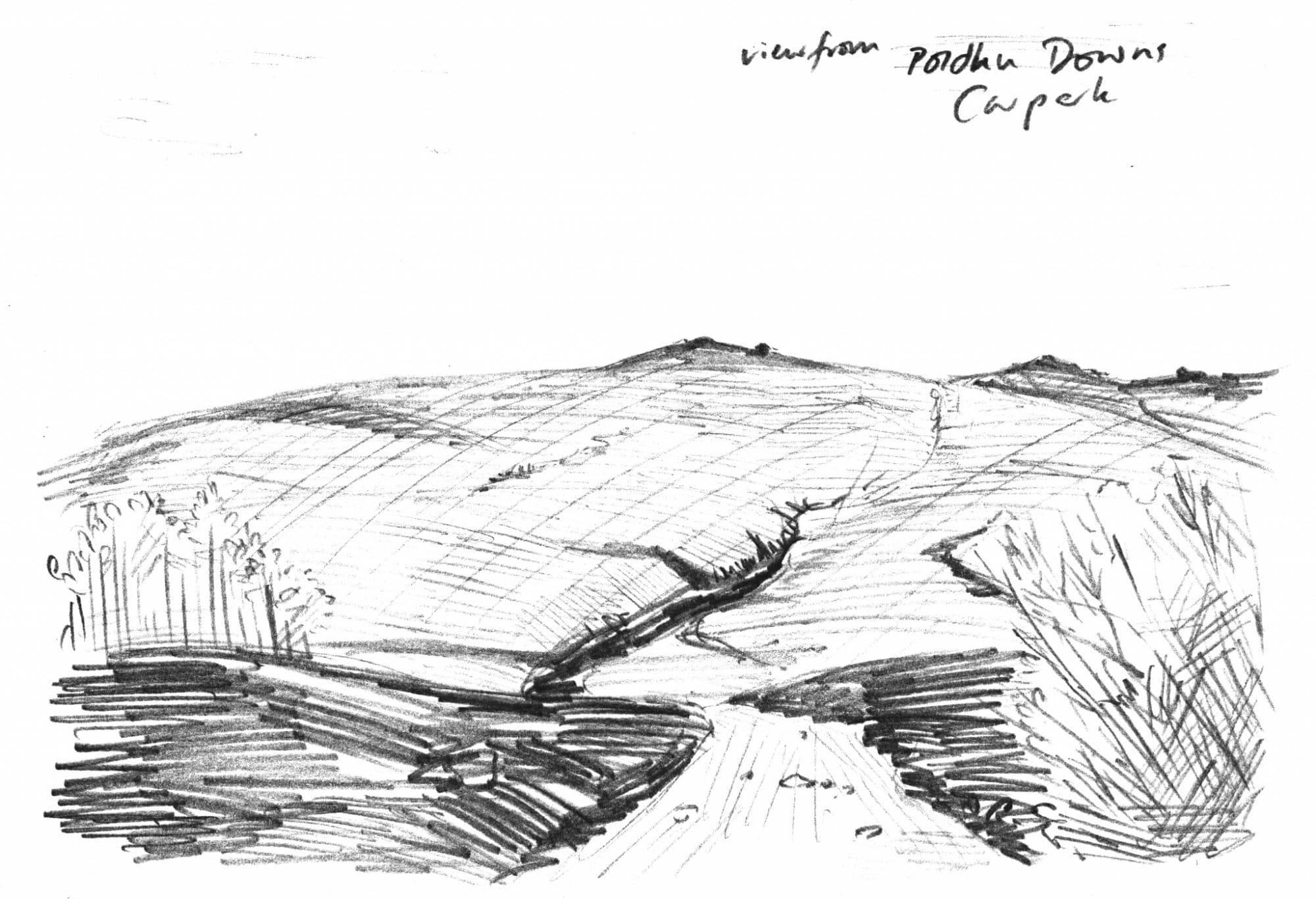
I started my day by burying myself in some research – seeking out the work of some of my favourite photographers and trying to determine what about their work attracted me so much. Most of my favourite photographers are landscape photographers; I find myself naturally drawn to images with very few, if any, humans or human-made elements in them. So, for this feed, I decided to tackle editing landscape images, and leave portraiture and other subjects for another day.
One of my favourite photographers is Kevin Russ, who captures landscapes using only an iPhone. His devastatingly beautiful images of great big American prairies and even greater, even bigger American mountains are the visual equivalent of being towel-whipped right in the goddamn eyes (but in a really, REALLY nice way). Some classic favourites include the likes of Ansel Adams, David Brookover, and Eliot Porter. I knew that I wanted to try to edit at least one or two images in a way inspired by the silver gelatin process that characterises Adams’ and Brookover’s work too.
I knew that nothing I was going to do would compare to their work – of course – but research is a big motivator for me. Some of the features that I realised all of my favourite photographers’ works share are usually some degree of washed-out-ness, and dramatic and / or cinematic qualities. I am drawn to imagery that instil a sense of quiet, and a sense of smallness.
I opted to try and capture the moors in the late-afternoon light, so I gathered my things (and the dog) and set off for Bodmin Moor just after 2pm. I spent around three hours wandering about, meandering my way to the top of Rough Tor from Poldhu Downs carpark, absorbing the ancient energy of the moor. All of it – the remnants of neolithic settlements, the precariously stacked granite, the wind-swept landscape – it was all exactly what I was hoping for, and it was only enhanced by the setting sun.
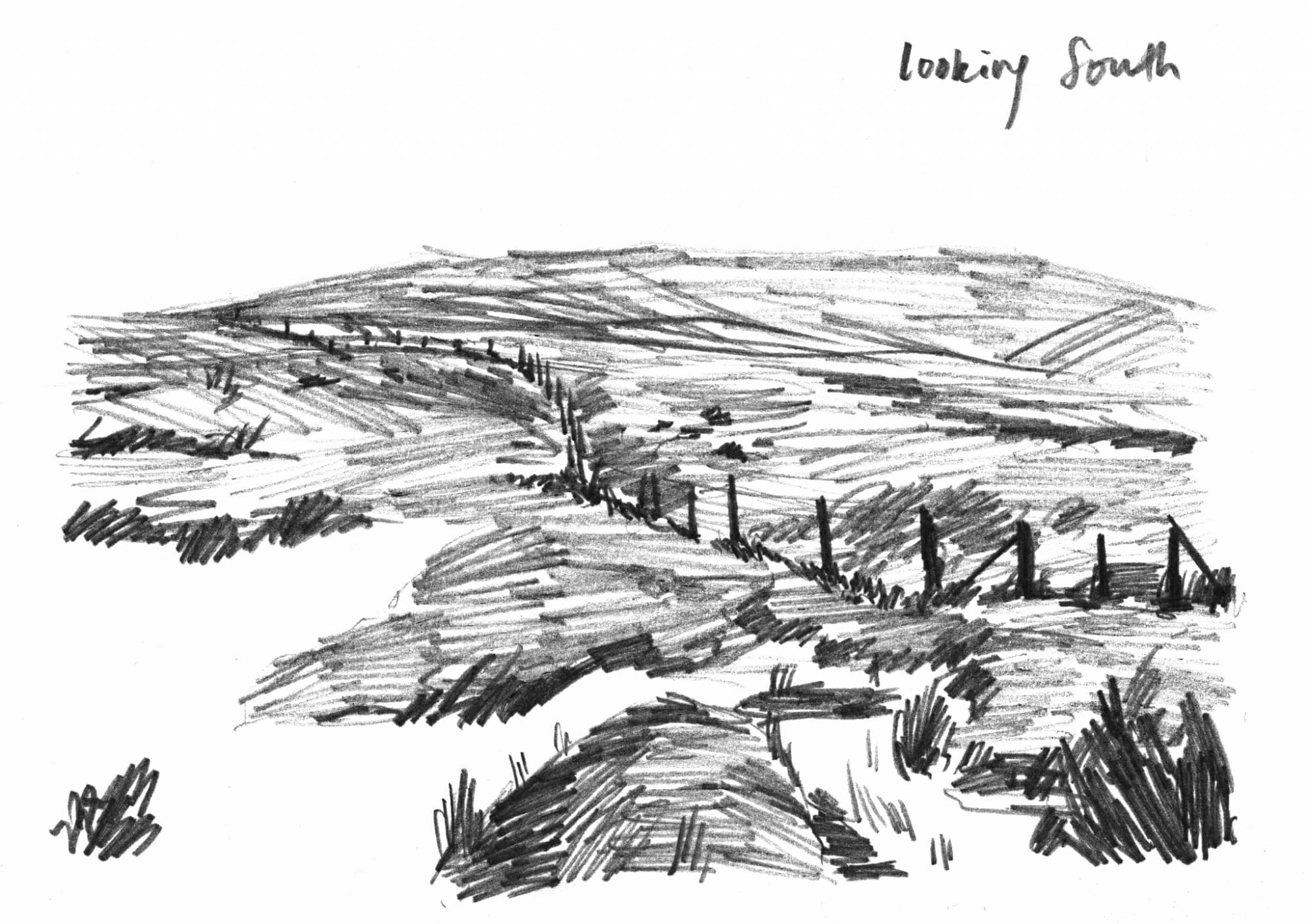
Many of the contemporary photographers I like place an emphasis on lowering the harshness of the light, deepening shadows, and bringing out colours that may be hidden in darker areas of the image. While I really like imagery looking a little washed-out and faded, I felt it was a shame to pursue that effect at the price of losing the colours of the late afternoon sun.
I focused on lowering the brightness of the skies to bring out colours, and lightening foregrounds to bring out colour and details lost in shadow. A lot of the tor was silhouetted from the angle that I approached from, but the dying light made circling around an unappealing process, and I figured it would prove a good challenge when it came to editing.

For the picture above, I raised the exposure to bring some overall light into it, and increased the contrast to deepen the shadows and lighten highlights that were now visible from the increased exposure. Restoring the colour in the sky was done by lowering highlights and whites quite dramatically, and bringing out the detail in the rocks and ground were done by darkening shadows and blacks.
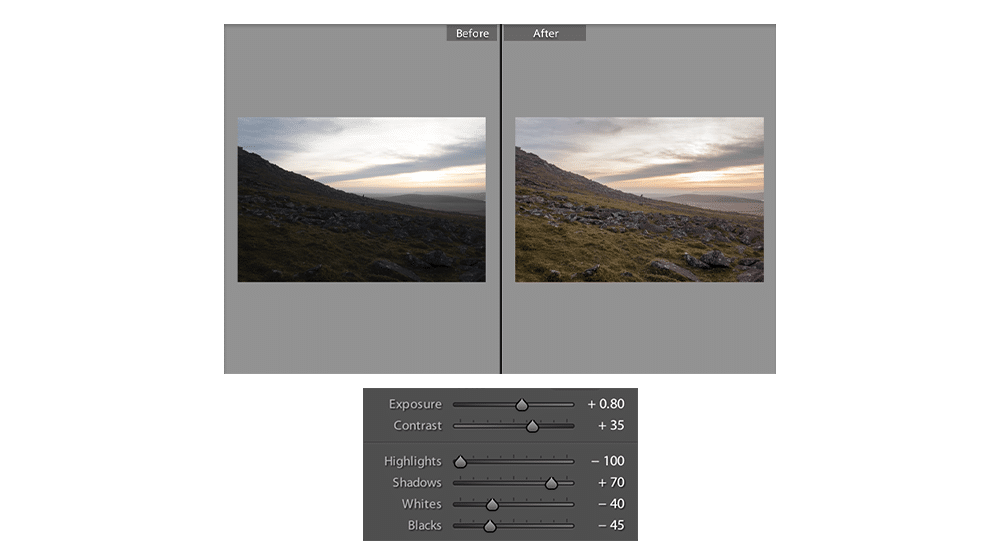
I thought the above would be an interesting one to attempt – the abrupt diagonal swoop of the landscape divides the image nicely into two halves, with a high contrast between the foreground and the sky. Again, I lowered the intensity of the highlights and enhanced the shadows to bring out the colours in the terrain.
As I got more comfortable working with shadows and highlights and contrasts and exposure, I began playing around with the colour values present in some of these pictures. I wanted to recreate that warm evening sunlight and the colours in the clouds, preserve that soft haze you can see in the landscape beyond the tor, and show where the light bounced off the granite and illuminated patches of grass and earth.
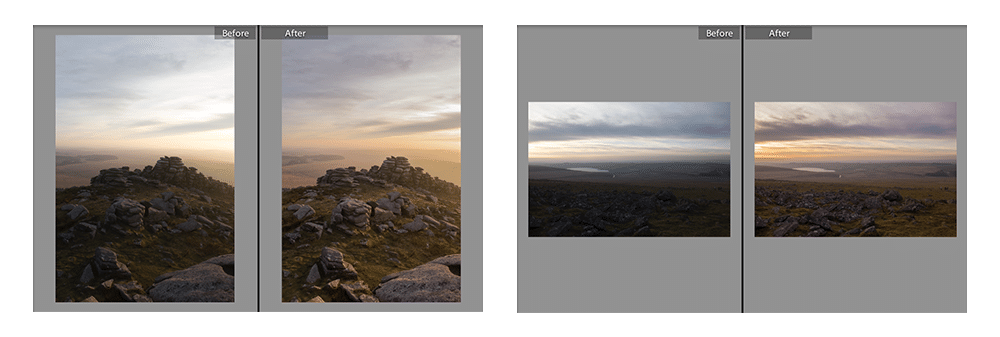
I couldn’t go through this exercise without getting a quick shot of the dashing Mr Morris, of course.
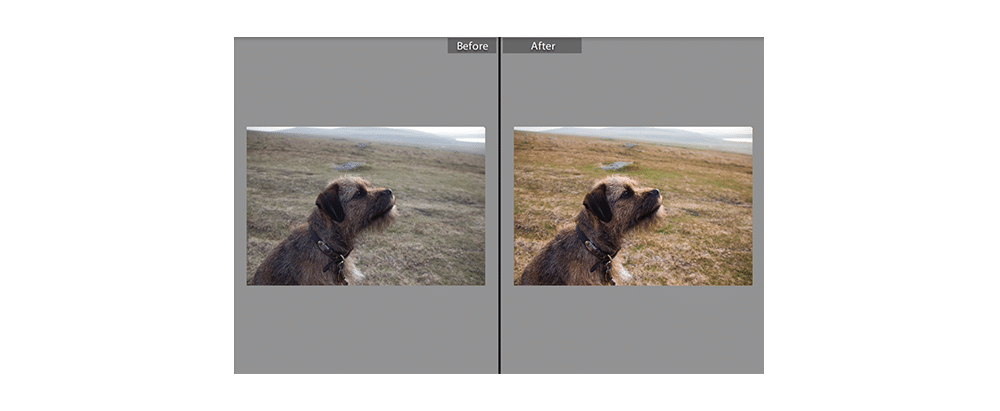
One of the last exercises was to try editing a darker image. Low-light photography has always confounded me, and it took me a while to adjust everything to accommodate. With editing the darker image, I wanted to bring out the greens and browns in the landscape that were illuminated by the last of the sunset, and once again to enhance the softness of the evening by deepening the shadows in the trees and lowering the brightness of the sky.
I also tried my hand at digitally recreating the look of the silver gelatin process that characterises the work of Ansel Adams. I was wary of making the image look like I’d just turned the saturation down and stopping at that, so I took extra time to play around with everything here. I wanted to make the creek look particularly silvery, dividing the dark land quite abruptly without making the contrast too stark. To do this, I raised the exposure but lowered everything else – the contrast, highlights, shadows, blacks and whites.
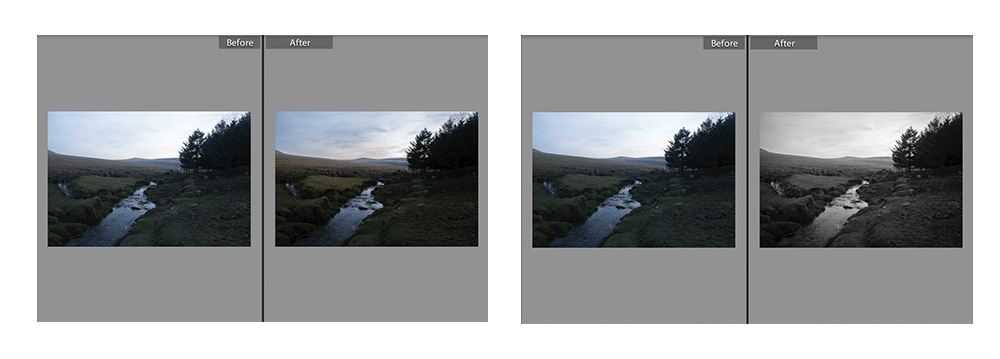
All in all, a constructive and positive experience. I need to understand the ins and outs of light and dark and editing and other technical photo shenanigans a lot more, but hopefully as I pursue this more in my own time, these things will come a little more naturally to me. Ten outta ten, would do again.
Here are the final images:
